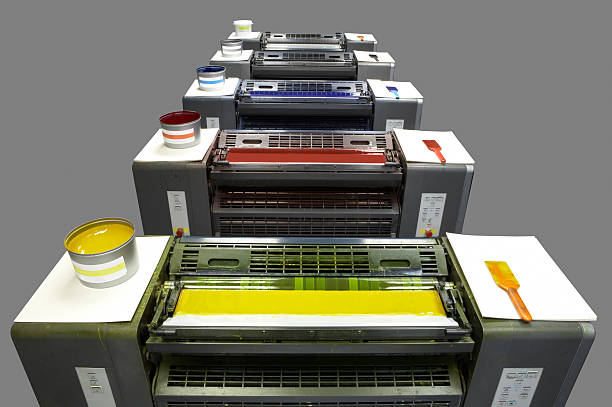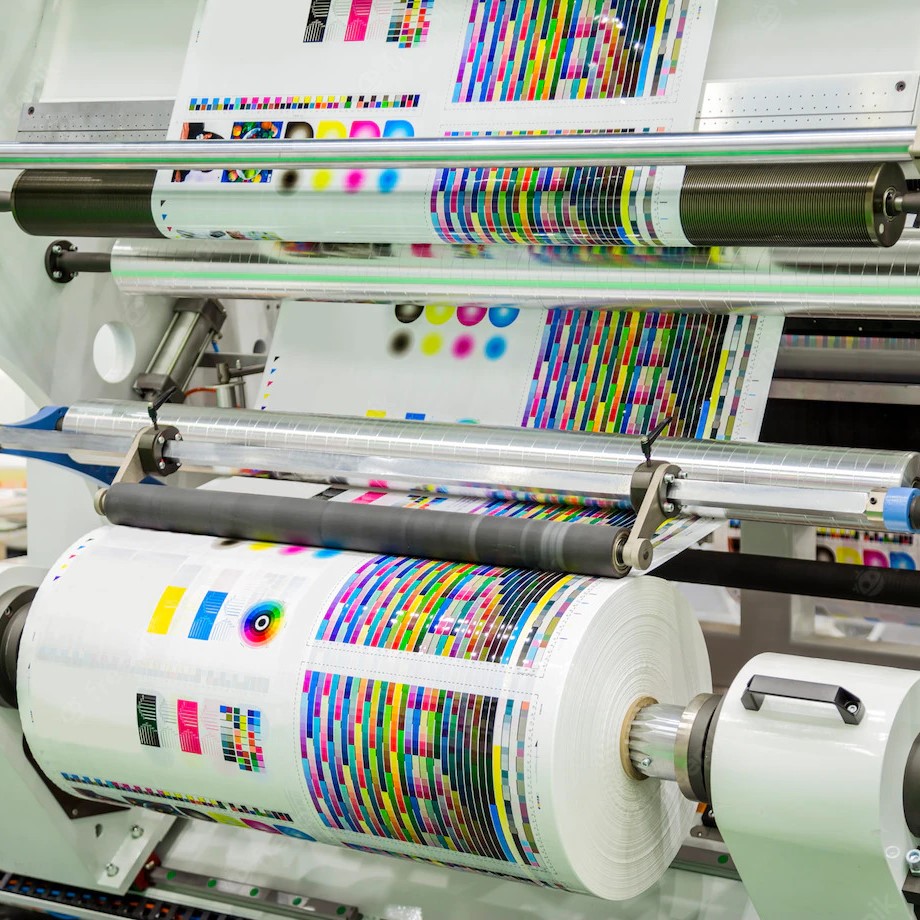Eco-Friendly and Environmentally-Conscious Options in litho printing
Eco-Friendly and Environmentally-Conscious Options in litho printing
Blog Article
A Comprehensive Overview to Comprehending Litho Printing Strategies
The world of litho printing, a technique originating from the late 18th century, is a remarkable blend of history, science, advancement and art. This extensive overview will certainly unravel the intricacies of this printing approach, from the structure of litho inks to the difficulties dealt with in contemporary applications. As we venture into the intricacies of lithography, the relevance of automation and sustainability in guaranteeing its future relevance ends up being increasingly clear. Stick with us as we journey right into the exciting world of litho printing.
The Historic Advancement of Litho Printing
The historical trajectory of litho printing, an essential advancement in the world of interaction, is a fascinating tale of human resourcefulness. Birthed in the late 18th century by Alois Senefelder, this method was initially an economical technique of releasing theatrical works. Lithography, derived from the Greek words for 'rock' and 'to write', used a smooth rock surface to move pictures onto paper. The process developed with the introduction of the rotating press, which greatly enhanced performance (litho printing). In the 20th century, the development of countered lithography transformed the sector, enabling automation of high-grade prints. Each stage of litho printing's development showcases humanity's ruthless pursuit of effectiveness and high quality in visual interaction.
Translating the Scientific Research Behind Litho Printing Inks
Progressing in the exploration of litho printing strategies, the focus currently changes to the science behind litho printing inks. The composition of these inks, their drying process, and shade mixing techniques create the backbone of this complicated art form. Recognizing these aspects is important to mastering the craft and accomplishing the preferred print outcomes.
Structure of Litho Inks
In lithographic printing, the fundamental function of litho inks can not be overemphasized. Pigments, the color-providing components, are carefully ground particles put on hold in the car, a liquid that brings the pigment onto the printing surface. Each component plays an essential component in the final print's top quality, making the specific formulation of litho inks an intricate scientific research.
Ink Drying Process
From the make-up of litho inks, focus transforms to the remarkable process of ink drying out. The drying out process is important, as it impacts the last print's quality and durability. 2 primary approaches are made use of in litho printing: oxidative drying out and absorption. Oxidative drying entails the ink responding with oxygen airborne to develop a hard, dry movie. This approach provides a long lasting coating, but can be slower contrasted to absorption. Absorption, on the various other hand, entails the ink permeating right into the paper fibers, which is a much faster procedure however can lead to less vibrant shades. The selection in between these methods is reliant upon variables such as print rate demands, the paper type used, and the preferred finish.
Shade Combining Strategies
While the drying out procedure plays an essential function in litho printing, the science of shade blending techniques holds equivalent importance. This is an intricate procedure that involves the careful mixing of primaries: cyan, magenta, and yellow, in varying proportions to attain a large array of hues. The enhancement of black ink, referred to as 'vital', assists in controling the intensity and deepness of the colors. The scientific research behind litho printing inks additionally thinks about the transparency of the ink, which affects exactly how colors overlay and mix. To attain an efficient color mix, print specialists need to also comprehend the complexities of ink behavior, shade concept, and the physical properties of the substrate on which the ink is used.
The Art and Design Aspects in Litho Printing
Litho printing breathes life into art and design through its unique aspects. Litho printing accommodates a selection of shades, allowing artists to Check Out Your URL create vivid and dynamic prints. This mix of precision and adaptability makes litho printing a favored option for lots of artists and developers.
Modern Applications of Litho Printing Methods
Litho printing strategies have actually found extensive usage in the modern-day industrial sector. Its impact and significance proceed to expand with the introduction of brand-new technologies and technologies in the area. This area will check out these contemporary applications and the transformative function they play in the printing sector.
Business Litho Printing Uses
Litho printing go to this web-site continues to be a vital component of the business market. High-volume printing jobs, such as the production of books, newspapers, and packaging, count on litho printing for its capacity to supply superior image high quality and expense effectiveness. Litho printing additionally provides a broad shade range, superior to that of electronic printing.
Developments in Litho Printing
Pushing the boundaries of traditional strategies, modern-day innovations have actually fueled a host of developments in litho printing. These developments have not only enhanced the quality and efficiency of litho prints yet also expanded its application extent. One noticeable advancement is digital litho printing, which combines the virtues of electronic modern technology with litho's high-quality result. This crossbreed model offers faster arrangement times, minimized waste, and allows on-demand printing. Another notable development is the introduction of environmentally pleasant inks. These inks, made from veggie or soy-based services, have actually dramatically decreased the market's environmental impact. litho printing. Furthermore, the growth of Continued sophisticated plate technology has structured the printing process, causing sharper images and enhanced shade fidelity. These technologies highlight the long-lasting importance of litho printing in the contemporary world.
Exploring the Refine of Litho Printing: Action by Step
Difficulties and Solutions in Contemporary Litho Printing

Regardless of the accuracy and practice that litho printing happily promotes, it is not without its set of modern challenges. One of the most widespread issues consist of the high preliminary setup expense, problem in printing variable data, and environmental worries as a result of chemical use. Solutions are arising as technology develops. Digital litho printing allows for affordable brief runs and very easy customization, resolving the concern of variable data. Environmentally-friendly inks and more secure plate-making processes alleviate ecological concerns. Additionally, advancements in automation have actually reduced labor expenses, additionally equalizing the lithography procedure. Hence, while there are obstacles, the litho printing market is proactively adapting to meet them head-on, guaranteeing its relevance in the future.
Conclusion
In final thought, litho printing, with its abundant background and clinical details, holds a substantial location in the print sector. As the overview reveals, it's a synthesis of art and technology, with modern developments ensuring its relevance. Nonetheless, the industry deals with obstacles that need innovative remedies, with an emphasis on automation and sustainability. The future of litho printing rests on its capability to adjust to these altering demands, attesting its long-lasting value in an advancing market.

Report this page